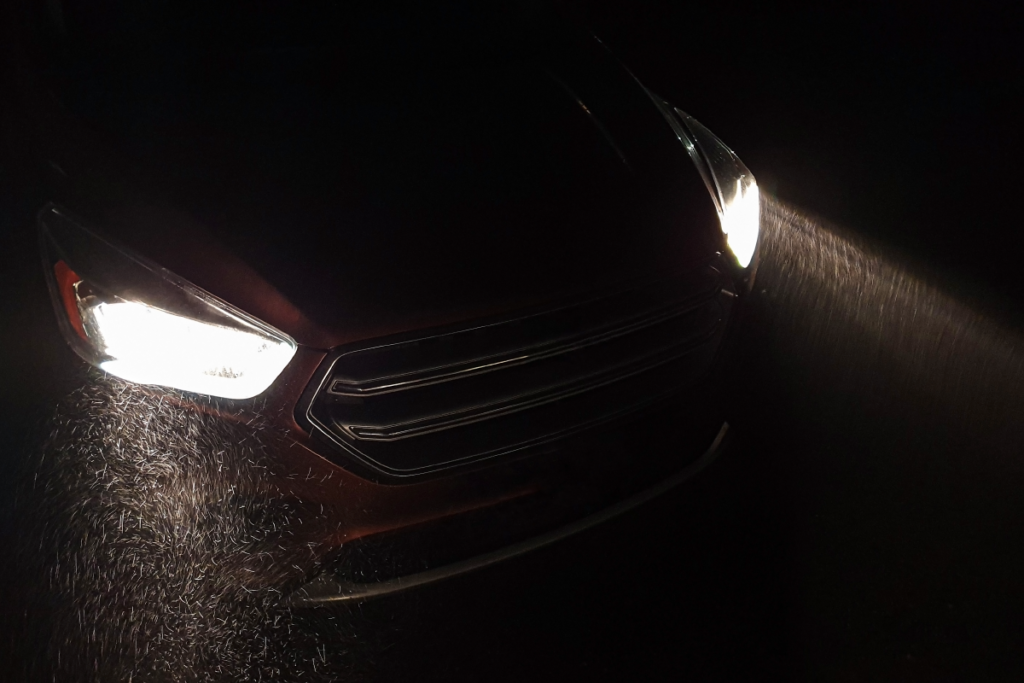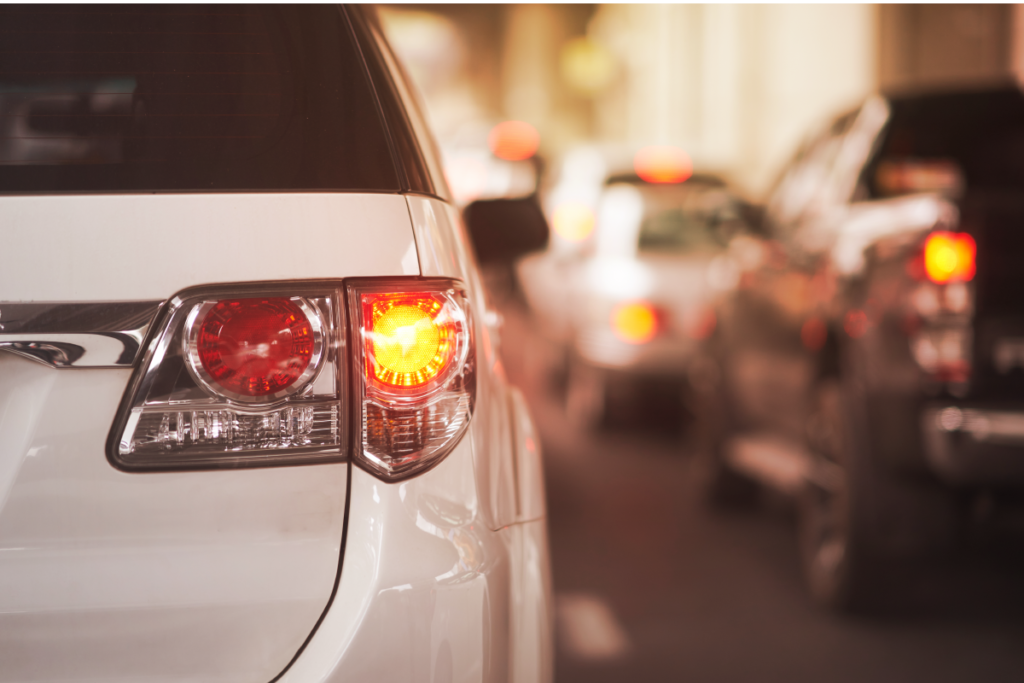Properly designed automotive lights influence driving comfort, safety, and vehicle aesthetics. On the one hand, modern technology provides ample room for innovation in all these areas; on the other hand, it poses new challenges for manufacturers.
Automotive lighting not only affects the aesthetics of vehicles but also plays a vital role in road safety. How are innovations and modern technologies revolutionizing automotive lighting design? How do we ensure both an attractive appearance and optimum visibility? Our expert, Alexander Roman, Lighting Team Manager at Endego, will answer these questions in the following article.
Firstly, it is essential to remember that lamp design is a complex process that requires the cooperation of several teams. An interdisciplinary approach and expertise are needed to create fulfilling, functional, and aesthetically pleasing solutions that comply with legal standards.
Teams of opticians and mechanics have long been involved in the lamp design process. With the rising frequency of LED technology, electronic engineers are also playing an increasingly important role. LEDs have gained popularity because of their efficiency and durability. However, their use involves increased electronic components and the need to design and program many circuits. The lamp design becomes more complex as a result. For this reason, only when diverse teams work together can a functional light be comprehensively designed, satisfying both design and operating mechanisms.
Automotive lights have four main functions that are crucial for any vehicle: to ensure safety, to provide a recognizable design, to enable communication with other road users, and to meet legal standards. Consequently, automotive lighting design is a significant work area in the automotive sector.
The primary role of automotive lighting is to provide good visibility so that the driver can drive safely in all conditions. Designers must therefore remember that car lights should have the right intensity, position, and color.
Lighting is the primary method of communication between drivers and other road users. Correctly functioning car lights ensure good visibility on the road, especially under challenging conditions such as dusk, fog, or rain. Thanks to them, other users can see the vehicle from a greater distance, significantly reducing the risk of accidents. In addition, the proper orientation of the lights allows the shoulder and other parts of the road to be illuminated, making it easier to react if obstacles appear. It is worth mentioning that the functioning of car lights is also strictly controlled by regulations, such as the light’s intensity to ensure good visibility but not to dazzle other drivers.

Car manufacturers are well aware of the role lamp design plays in the process of building brand recognition. Car lamps not only illuminate the road but are also an essential stylistic element that helps distinguish a brand in the market. Modern technologies in electronics, mechanics, or optics allow for better brightness and lighting performance and a more innovative and eye-catching appearance. Interesting lamp shapes, distinctive combinations of individual functions, or animated effects attract the attention of potential customers and make a brand recognizable at first glance.

Peugeot headlamps in the shape of lion’s tusks, BMW headlamps that usually take the form of circles, the pointy ends of Tesla headlamps, or the distinctive design lines of Audi headlamps – these particular patterns make it possible for people to recognize a car brand by the lighting alone.
Automotive lighting also plays a crucial role in signalling drivers’ intentions, such as turning, changing lanes, or stopping. This function is essential for ensuring road safety. By using different colours and flashing light sequences; drivers can communicate their intentions and actions to other road users. For example, a red light in the middle of the car’s rear – a stop light – indicates that the driver is braking or stopping, thus warning other drivers behind. Conversely, a flashing yellow light on the side of the car – the indicator – informs other drivers that the vehicle is about to change direction or lane. In contrast, the white front lights – position lights, as their name suggests, are used to signal to other road users the vehicle’s position. The communication function minimizes the risk of accidents by allowing the driver’s intentions to be communicated to other road users.

In addition to functional and visual aspects, automotive lighting design must also consider safety regulations. First and foremost, car lights should be of sufficient intensity so that drivers can see obstacles and other road users at night or in poor weather conditions. The standards also require that the lights be directed in a way that does not dazzle other drivers. The regulations also require several types of lights, such as dipped beams, driving lights, fog lights, and turn signals. Each of these must be located in specific areas of the vehicle. In addition, car lights should be durable and weatherproof to ensure uninterrupted visibility for a long time.
The standards for car lights are highly complex and demanding. Each region has its own regulations, and not complying with them can lead to the vehicle not being allowed on the road. Therefore, proper subject knowledge is essential in the design process.
Endego’s specialists have this experience and expertise. This will enable us to provide services at the highest level. Endego’s team is well acquainted with the regulations in force in various countries, which allows us to provide customers with perfect products that meet the requirements and standards. The experience of our design teams will enable us to develop a complete lamp design that not only complies with the regulations but also: ensures high-quality workmanship, excellent design, and trouble-free production without generating high costs. Thanks to Endego’s professionalism, our automotive customers can rest assured that their products are equipped with excellent, compliant lighting.
Car manufacturing has undergone constant change over the years to adapt to a changing world. The process of e volvement in the automotive sector is not stopping – there are constantly new challenges and circumstances that car manufacturers are trying to meet. The dynamic nature of this segment of the global market is perfectly illustrated by the changes that are taking place in the area of materials used in cars. One of the main trends we can observe is the desire to create vehicles based on lightweight yet durable components. There is also a strong emphasis on recyclates and renewable materials in the choice of materials for cars.
Read moreTrends in energy management, the development of electric and hybrid vehicles, as well as innovations in fleet management and labor optimization are influencing manufacturers and operators of off-highway machinery. The application of modern solutions from these areas can significantly contribute to improving the energy efficiency of the entire off-highway sector.
Read moreDue to its practical as well as aesthetic functions, the ‘grill’ is one of the vehicle components that receive special attention in terms of design. What does this process look like from the initial concept stage through to series production?
Read more